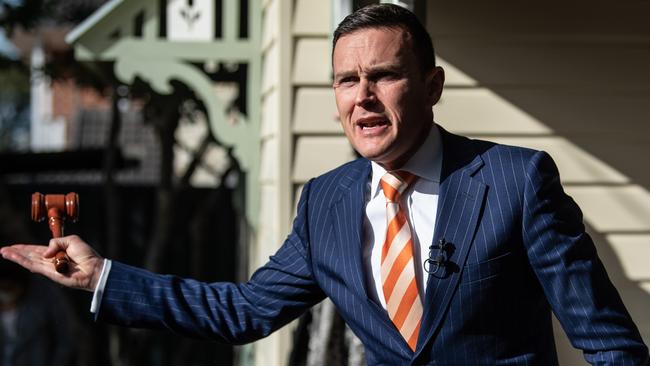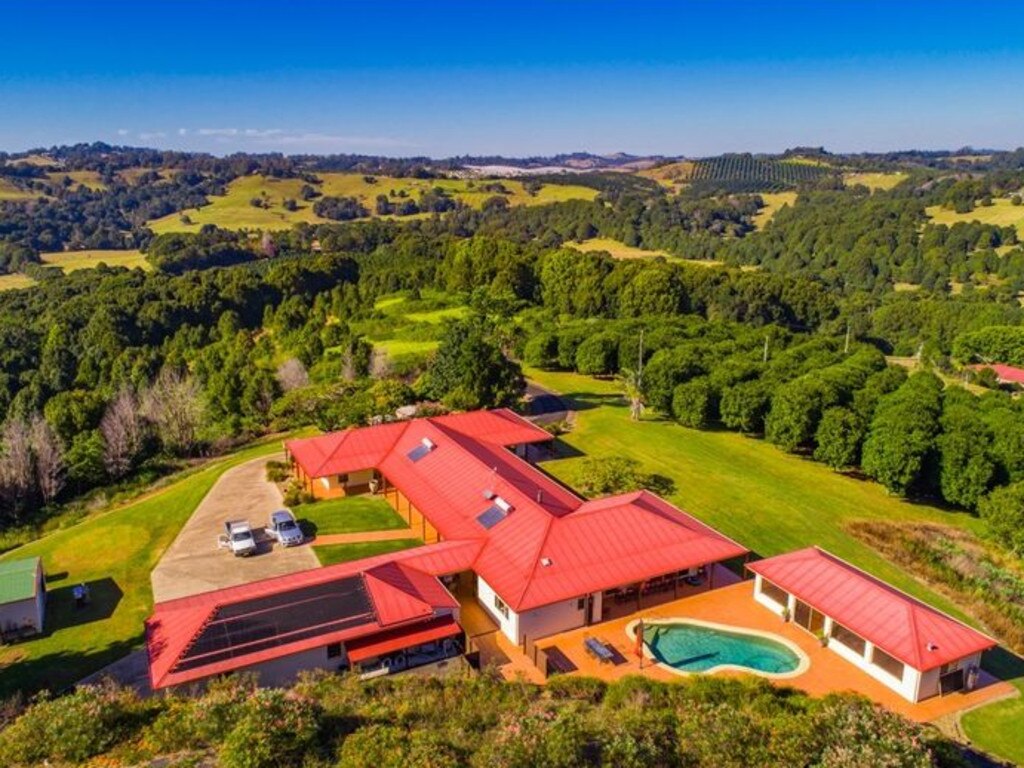Worse to come in home price downturn, warns CoreLogic
House prices nationally fell 0.4pc in August to extend the ‘mild’ downturn, but a bigger test lies ahead, warns CoreLogic.

The residential housing market’s resilience against the impacts of coronavirus could weaken in the coming months, despite August numbers showing a mild easing in the rate of price falls.
After the fastest price recovery on record concluded in February, just as COVID-19 emerged, data from property researcher CoreLogic shows Sydney house prices have fallen just 2.5 per cent in the months since.
Prices in Melbourne, harder hit by lockdowns, have fallen just shy of 5 per cent over the same six-month period.
Prices nationally were down 0.4 per cent through August, marking the fourth straight month of COVID-related falls.
Locked-down Melbourne continued to lead the decline, down 1.2 per cent for the second consecutive month. Sydney figures showed some improvement on July’s almost full percentage point drop, and were down 0.5 per cent in August.
CoreLogic’s head of research, Tim Lawless, said many may be surprised by the “relatively mild downturn” in house prices.
But with the expected winding up or reductions in government stimulus measures like JobKeeper, and the removal of mortgage holidays on the horizon, he warned the worst may still be yet to come before the year ends.
“When we consider just how uncertain the economy is and the trajectory for the recovering of the economy, I think that the decline to date has been quite mild,” Mr Lawless said.
“We‘ve been a little bit bearish in the sense that as we move towards the end of this year, the market is really going to be tested. Chances are, we could start to see the rate of decline becoming a little bit worse,” he said.
“As we start to see fiscal support being removed from the economy and more borrowers who have been taking home loan repayment holidays starting to think about how they are going to manage their debt, chances are we will see a pick-up in distressed listings as we move through the end of the year into next year.”
Little movement occurred in most smaller markets. The volatile Darwin market was the strongest performer of the month, up 1 per cent, followed by Canberra (up 0.5 per cent.) Brisbane dipped 0.1 per cent lower, while Hobart moved 0.1 per cent higher. Adelaide and Perth recorded no change.
No change was recorded in August in the regions, which have benefited from demand from fleeing citysiders looking for a sea or treechange.
Signs of a rise in distressed listings were not evident in the August figures.
But nor were there signs yet of a the traditional spring pick up in selling listings, as virus uncertainty keeps stock levels low.
New SQM Research figures show the total number of listings for sale in Australia fell 6.3 per cent month-on-month to 293,053 dwellings in August, almost on par with the low levels seen in April associated with the national lockdowns.
As stage four restrictions set in, Melbourne recorded its weakest month of new listings on record, if traditional new year seasonality is removed.
Mr Lawless said as the cities hard hit by the virus begin to recover, so too will the sellers’ confidence.
“I think it‘s pretty clear that the prospects for the housing market are very much interlinked with coronavirus and it being contained, which of course flows into economic conditions and sentiment,” he said.
Rental markets overall continued to trend lower through July, with the weakest rental conditions seen in Hobart, Sydney and Melbourne. Since March, capital city house rents have dropped by only 0.3 per cent, while over the same period unit rents are down a more substantial 2.6 per cent.







To join the conversation, please log in. Don't have an account? Register
Join the conversation, you are commenting as Logout